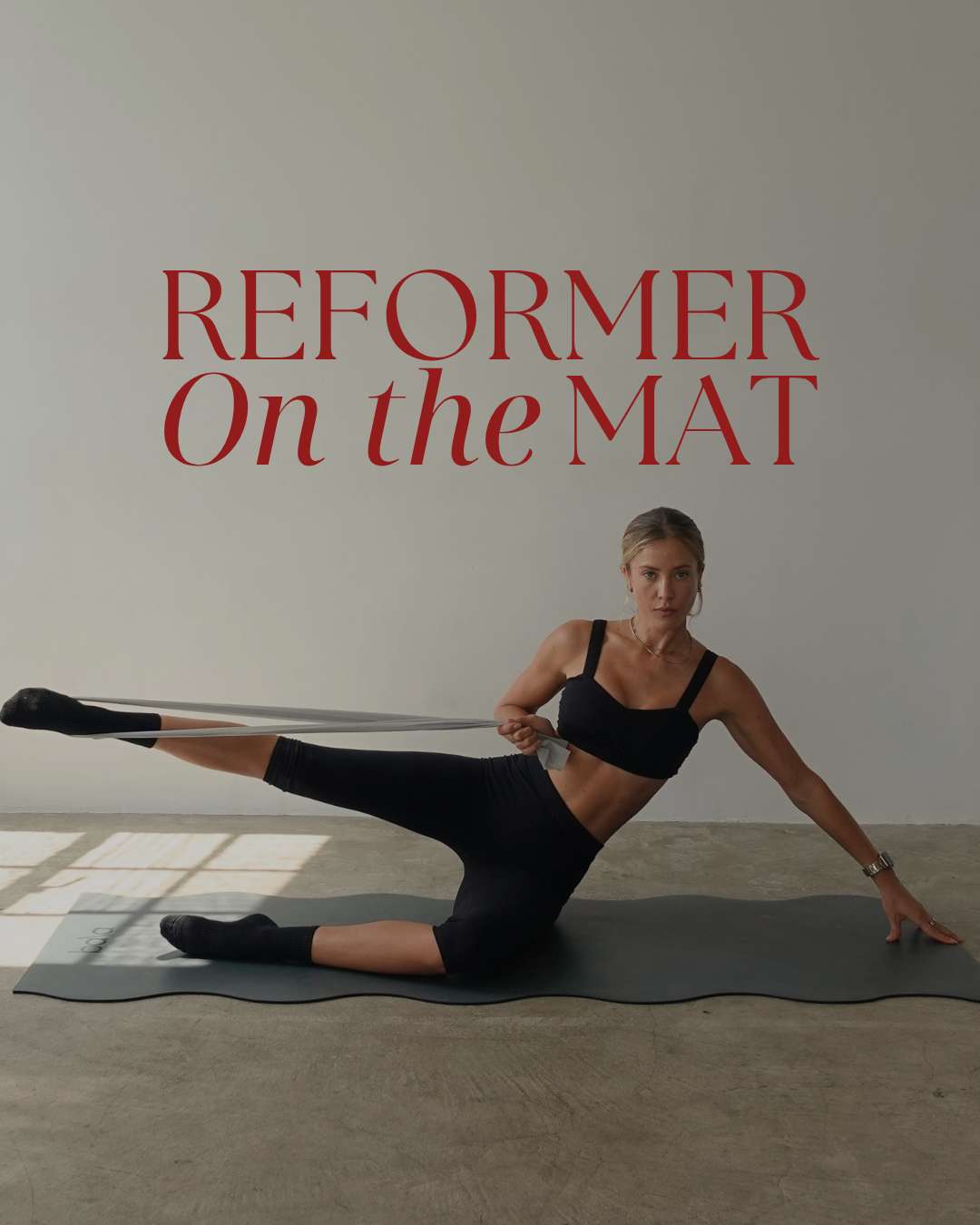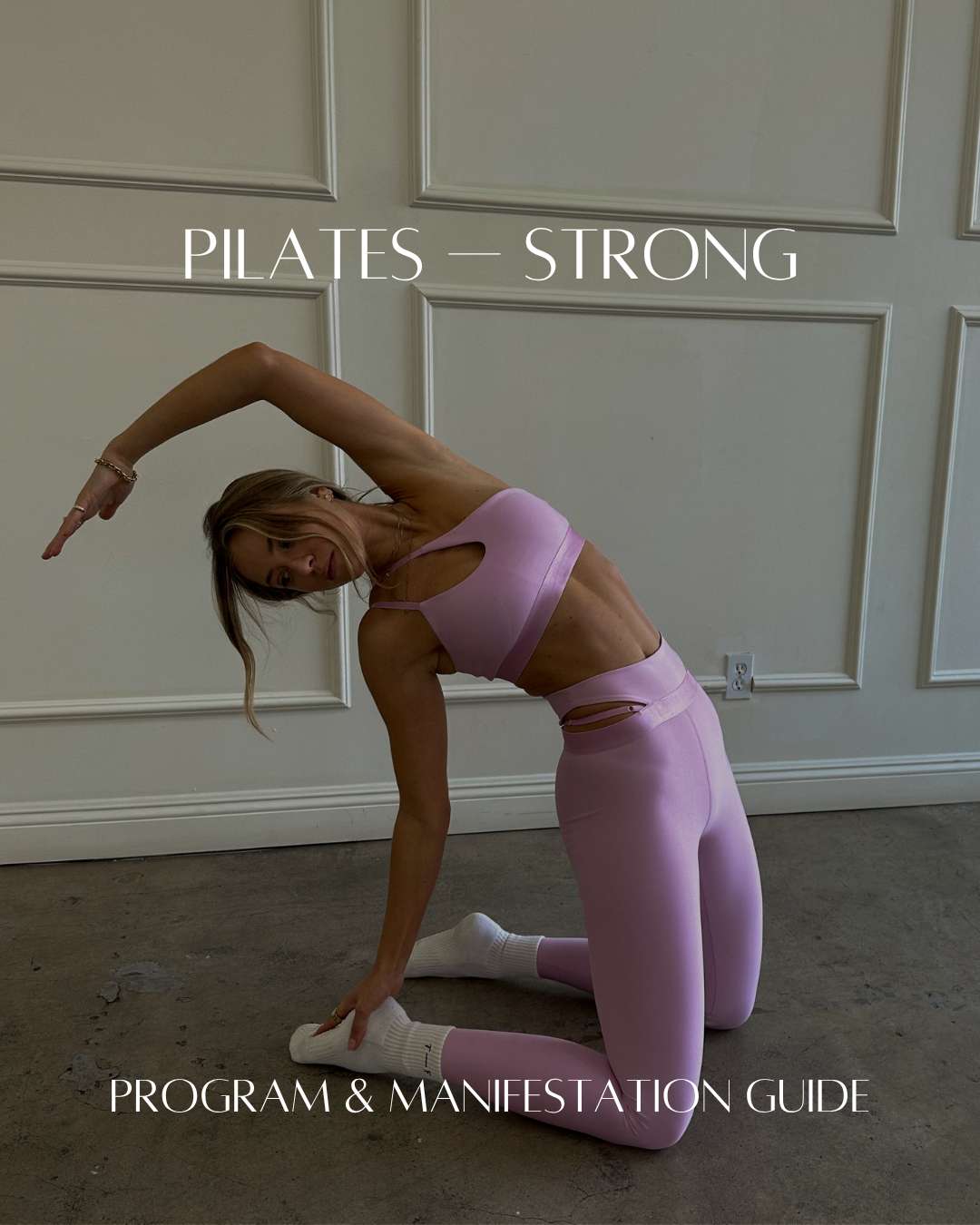Let’s talk about Wall Pilates. I see it trending all over social media. It’s basically a form of Pilates with a twist - using the wall as your prop. It claims to build strength, improve posture, and make your core burn like never before…
As a Pilates instructor, I love to stay on top of new trends and methods that could potentially enhance the Pilates experience. But here's the thing: despite being curious about it, I don’t actually practice Wall Pilates myself. Why? Because it doesn’t align fully with the core principles of traditional Pilates. That said, it’s still an interesting variation to consider. Let’s break it down—what’s Wall Pilates all about, and is it a trend worth your time?
What is Wall Pilates?
Think of it as Pilates, but with a little extra help from the wall. Instead of just working on a mat, you’re using the wall for support (or sometimes resistance) to help you strengthen your core, improve flexibility, and just feel overall better in your body. Supposedly, the wall helps you with alignment and balance in ways mat Pilates sometimes can’t.
I’ll be honest with you. When I first heard about Wall Pilates, I was a little skeptical. As a mat Pilates instructor, I love how mat Pilates teaches body awareness and lets you rely on your own sense of alignment. But I’ll admit, the wall does offer a fresh perspective. It kind of feels like you’ve got a built-in spotter, helping you keep everything in check.
How It Differs from Traditional Pilates:
Support & Assistance
One of the main differences is that the wall offers extra stability, making Wall Pilates a great choice for beginners or anyone with limited mobility. In traditional Pilates, you're doing everything on your own, which can be more challenging for beginners or those recovering from injuries. The wall acts as a supportive guide, helping with alignment and balance as you move.
Resistance & Challenge
Wall Pilates uses the wall for added resistance, which can help activate muscles more deeply, especially in your core. But unlike the Reformer or other Pilates machines, the wall doesn't provide adjustable resistance, so you won’t get the same dynamic range of motion or muscle-targeting as you would on those machines. It’s great for building strength, but it won’t replace the intensity of Reformer Pilates.
Limited Authenticity?
Traditional Pilates revolves around mat work and specific equipment like the Reformer, Cadillac, and Wunda Chair, all designed by Joseph Pilates. Wall Pilates doesn’t fall into this category—it’s more of a modified approach. While it doesn’t replicate the full Pilates experience, it’s still a useful tool for improving alignment and strength.
Is It a Gimmick?
It depends on how you approach it. While social media might make Wall Pilates look like a quick-fix, low-effort workout, it can actually be an effective bodyweight exercise if done correctly. It’s not a replacement for a full Pilates session but more of a helpful intro to Pilates or a way to mix things up in your routine. For seasoned Pilates practitioners, it’s more of a warm-up or mobility session than a full workout.
My Final Thoughts: It’s Not a Competition
As a mat Pilates instructor, I really value the simplicity and self-correction that comes with working on the mat. So, I don’t personally do Wall Pilates - at least not right now. But, I’ll admit, it could be an option if you’re looking for a different challenge or need a little extra help with form. It’s not a replacement for mat Pilates—it’s more like a fun, complementary tool to up your game.
So, if you’re curious, give it a try! Who knows? It might just be the perfect way to mix things up and find some new strength and stability in your practice. Have you tried Wall Pilates? Let me know what you think in the comments!
For beginner Mat Pilates classes click here.
Not a member? Sign up today for a free trial!






